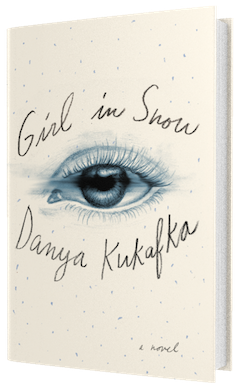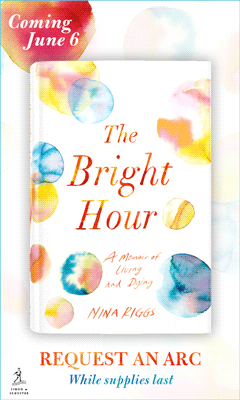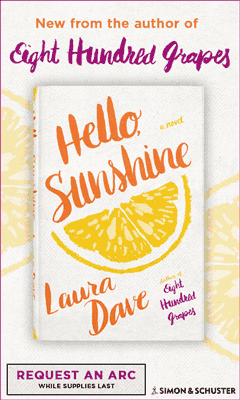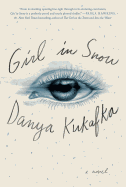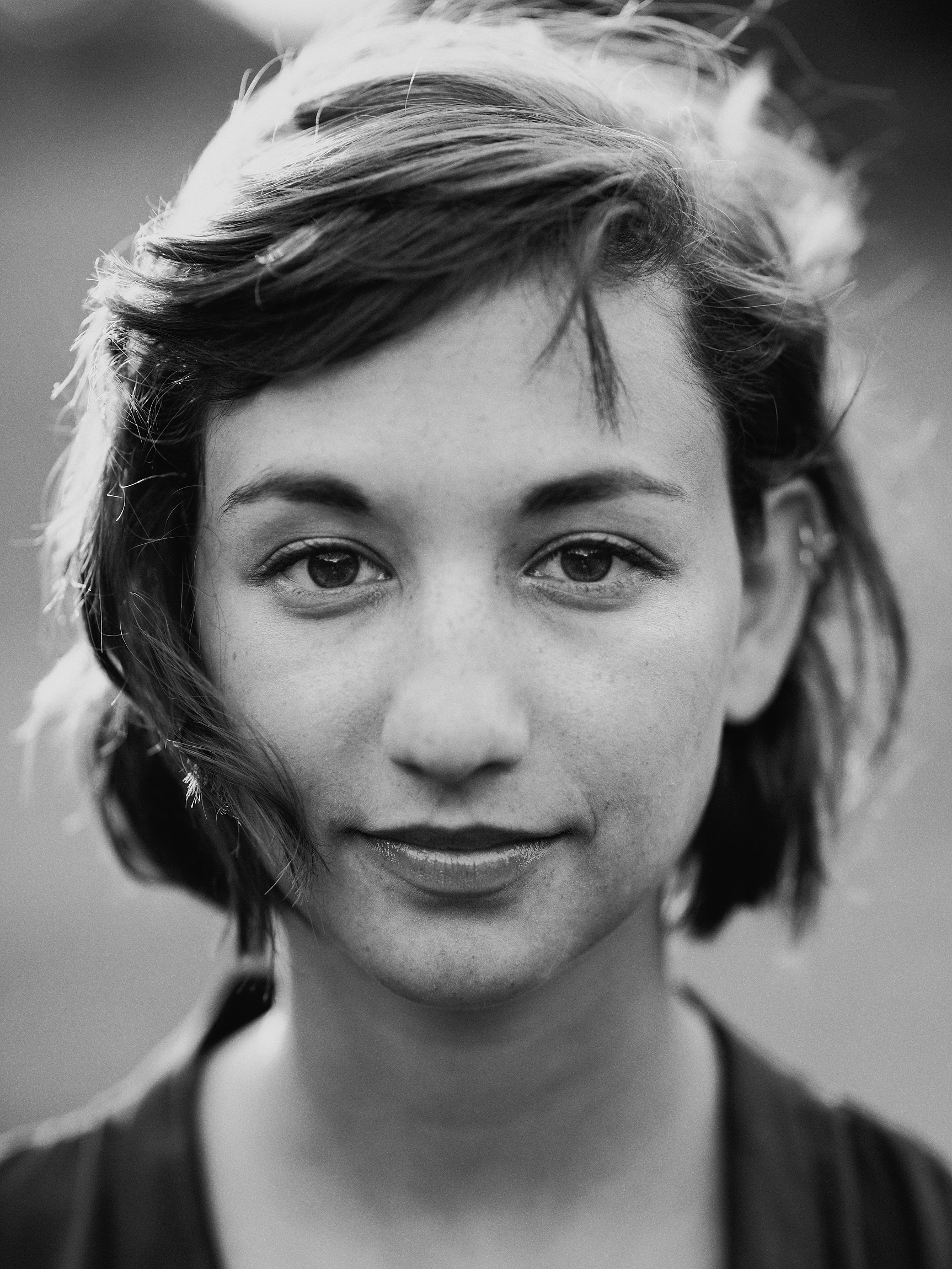Girl in Snow
by Danya Kukafka
The town of Broomsville, Colo., is rocked by the early-morning discovery of Lucinda Hayes's body, slung against the carousel in the elementary school playground. Lucinda was a freshman in high school, and the town's golden girl: beautiful, kind, smart, popular. In the days that follow, though, her secrets and those of her friends and neighbors will be expertly teased to light, old wounds reopened and a number of lives permanently changed.
Girl in Snow is Danya Kukafka's first novel, and its riveting narrative dives immediately into the impact of Lucinda's death through the perspective of her classmate Cameron, an unpopular, troubled teenager whose waking thoughts, dreams and artwork all fixate on her. "Cameron hated the word 'stalk.' He had other words for his relationship with Lucinda, but they were words no one else would understand. Words like vibrant, frantic, twinkling, aching...." He is an obvious early suspect. But there are others: the night janitor who found the body, Lucinda's ex-boyfriend, a homeless man, even her parents.
Then the perspective shifts, as it will throughout this stark and striking novel, from Cameron's to that of Jade, a junior at the high school, who finds it pointless to even pretend to mourn Lucinda's death. The third point in this triangulated mystery is Russ, a police officer of 17 years who shares an old trauma with one suspect, and is related to another by marriage. The reader's lens on the story rotates among these three characters as each struggles with the way his or her life has changed, and sooner or later feels compelled to investigate.
Objectively, Cameron is a stalker; he is certainly troubled. Jade is sullen and generally hostile. Russ, like the two teens, is haunted by his past. They are absorbing characters, with layers of secrets that overlap among them. Although Jade's chapters are told in first-person, and Cameron's and Russ's in the third, their distresses are all written with raw immediacy, and each character is complex, aching and ashamed, for different reasons. Kukafka drags these hidden injuries and infamies out of her characters slowly and by degrees. This measured pacing and withholding of information gives her novel an atmosphere of nearly painful suspense. This is not a traditional murder mystery, although the killer's identity does remain unknown for most of its length. Rather, it is a quietly taut thriller concerned with the secrets we keep from our closest loved ones--and even from ourselves.
Kukafka's meticulous details--like Jade's musical tastes and Russ's wife's background--enrich her characters and add to the sense of realism. Cameron is a skilled visual artist with a precise understanding of plant and animal anatomy. Jade is a loner, "eyes ringed in black; raven, greasy hair swooped over one eye," "two inches of pale stomach rolled over her waistband even though it was winter and she was probably cold," and even though her mother disapproves. Jade's little sister is their mother's Barbie doll, "a mannequin for Ma's regret about her worry lines and all those cigarettes she smokes."
Jade knows that "When people die, they become angel caricatures of themselves," and Lucinda was perhaps not so perfect as the news reports would have it. The reader has only the perspectives of Cameron, Jade and Russ to go on, and their opinions of her vary, but even in these glimpses the dead girl receives some nuance of characterization.
Secondary characters come just as fully formed. Lucinda's ex-boyfriend Zap, whose parents are French, loves astronomy. Cameron's art teacher has a history and loves of his own, besides his obvious passion for his work. Broomsville may be an "overgrown cul-de-sac," "like a cardboard town filled with paper people," but its inhabitants are as variously disturbed and troubled as any group of imperfect humans. One of them is a murderer, but it seems they are all guilty of something.
Kukafka's prose often leans toward short sentences and quick turns, but also pauses for beauty or metaphor. There is a poignancy to Cameron's observations of the physical world, as he kneads his eraser, noting "snowflakes kissing a windowsill, fingernails dug into the skin of a tangerine." He thirsts for beauty, and thinks there's "nothing worse than loving someone and mixing up their earlobes with someone else's." But one of the points of Girl in Snow is that appearances are often terribly misleading.
"It's all about perception. What I see is automatically my truth, simply because I've seen it." The impossible objectivity of sight and memory, and the slender boundary between devotion and obsession, between appearance and truth: these are the central questions of a novel with a murder at its heart, but with broader concerns. Girl in Snow is about the effects of Lucinda's death on an entire town, and Kukafka's memorable characters allow those effects to keep hold of the reader long after the final denouement. --Julia Jenkins



